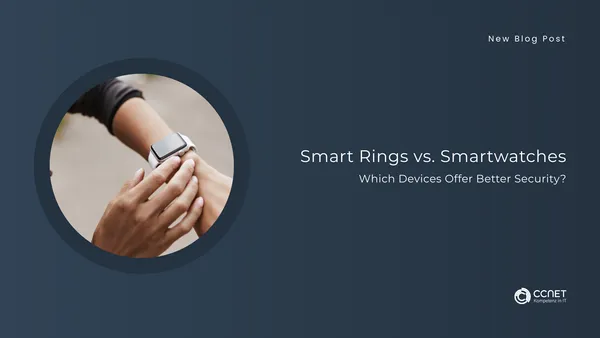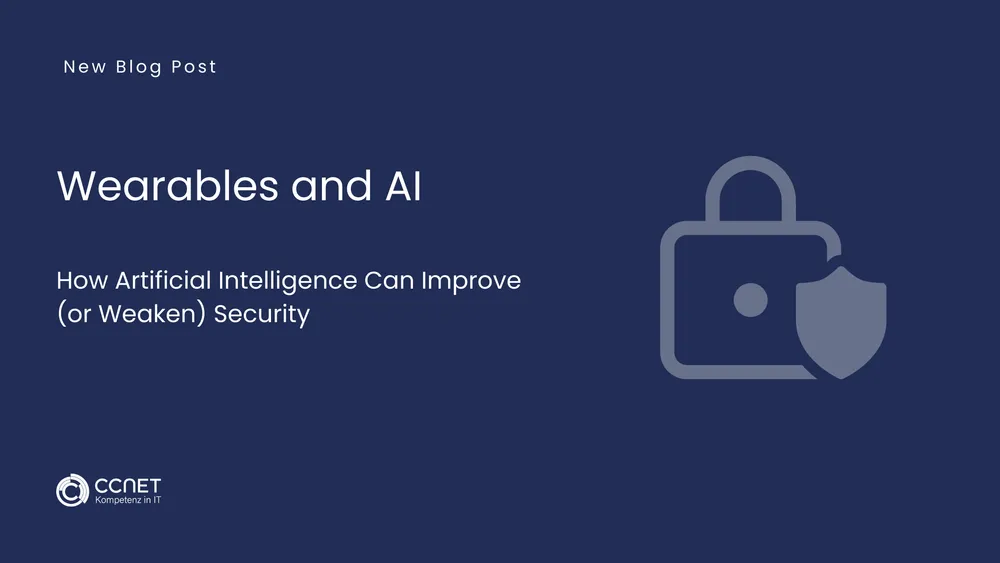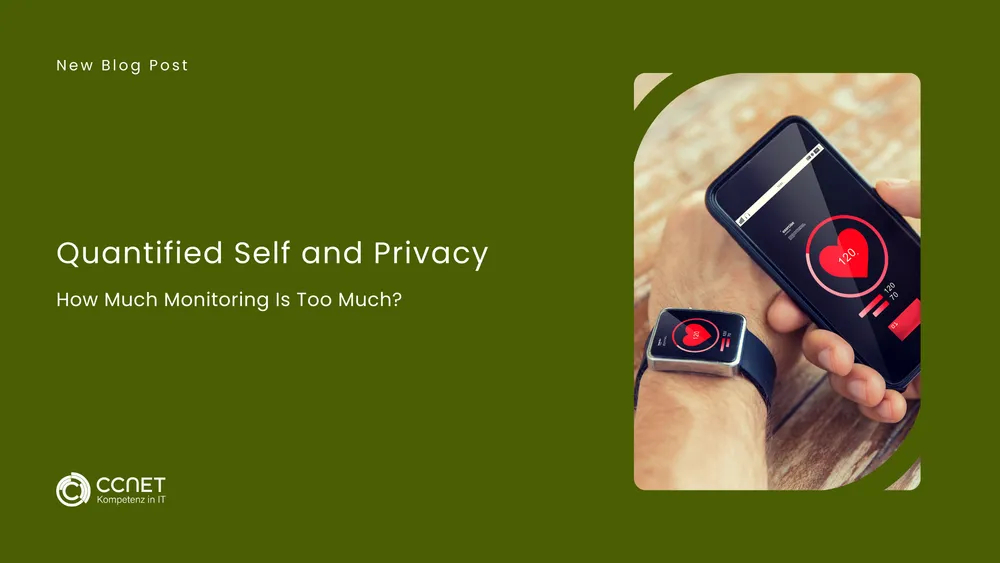
CCNet
Aug 4, 2025 • 2 min read

Smart Rings vs. Smartwatches: Which devices offer better security?
Wearables have become essential companions in everyday life, particularly in fitness tracking and health monitoring. But not all devices offer the same level of security. Smart rings and smartwatches differ significantly in their architecture, functionality, and corresponding security risks. While smartwatches provide broad connectivity and many features—making them more vulnerable—smart rings are more minimalistic and therefore often less susceptible to cyberattacks.
1. Security Risks of Smartwatches
Smartwatches are powerful devices with a wide range of functions. They can connect to the internet, enable GPS tracking, and run apps. This versatility, however, increases their vulnerability. Wireless communication protocols such as Wi-Fi, Bluetooth, and LTE can serve as potential entry points for cybercriminals. If a smartwatch uses unencrypted or poorly secured connections, sensitive health data may be intercepted.
Another risk comes from third-party apps, which many smartwatch models support. While some apps are thoroughly vetted, others may contain vulnerabilities. An insecure app could allow attackers to access personal data or even take full control of the device. GPS tracking also poses a threat, as it can enable attackers to build movement profiles or spy on a user's location.
2. Security Advantages of Smart Rings
Unlike smartwatches, smart rings typically focus on a limited set of functions. They often measure basic health metrics such as sleep patterns or heart rate, but do not include GPS or direct internet connectivity. This lack of wireless interfaces makes them inherently less vulnerable to network-based attacks.
Another key advantage is the absence of third-party app support. Since smart rings do not allow external apps, one major entry point for malware is eliminated. They also require fewer synchronizations with other devices, which reduces the attack surface. Their long battery life further minimizes the need for frequent data transfers, lowering the risk of data leaks.
3. Which Wearables Offer Better Security?
Due to their limited functionality, smart rings are generally more secure than smartwatches. With fewer connectivity options, there are simply fewer opportunities for cybercriminals to exploit. Users who prioritize privacy and minimal data exposure may find smart rings a more suitable choice, as they communicate less frequently and collect less personal data.
Smartwatches, on the other hand, offer greater convenience and more features—but this comes at the cost of increased vulnerability. Those who opt for a smartwatch should ensure that all data transmissions are encrypted, avoid installing unnecessary third-party apps, and enable location services only when necessary. Regular updates and strong passwords are essential for maintaining a high level of security.
4. Conclusion: Which Wearables Are Recommended?
For users seeking maximum security while tracking basic health metrics, smart rings are the better choice. Their reduced connectivity makes them harder to exploit. However, for those who want the full functionality of a smartwatch, extra attention must be paid to privacy and security. Conscious use, robust encryption, and regular security updates are critical to ensuring protection.


